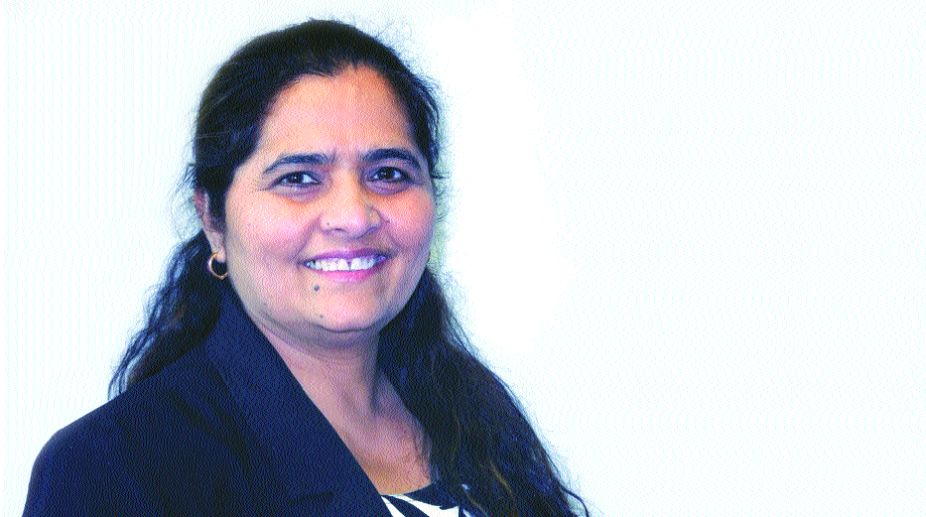HIV positive UTP entitled to live with dignity, says Orissa HC
Earlier a lower court had rejected his bail application. The UTP had later moved the High Court annexing HIV profile medical documents and sought for regular treatment and monitoring.

India accounts for the third highest number of people living with HIV in the world. Despite the availability of free anti-retroviral treatment, uptake remains low as many individuals face difficulty in accessing clinics. Sonal Mehta, chief executive, India HIV/AIDS Alliance shares various stigma and discrimination faced by this section of people.
Excerpts from an interview:
Q The society tends to cordon off HIV patients by reciting some myths. There is a lot of stigmatisation. Could you share your views on why people should avoid labelling them?
Advertisement
HIV can only be transmitted through four body fluids, blood, breast milk, vaginal secretion and semen. When there is body to body exchange of these fluid only then infection can happen. Therefore only sex with HIV positive or unknown HIV status person without condom, using same needle and syringe for injection to multiple persons; transfusion of HIV positive blood or mother to child transmission can happen. In socialisation none of these fluids are exchanged, therefore shaking hands, using same toilets or clothes or utensils, etc, does not transmit.
Q NACO has been proactive in helping transgender as well as other genders. Can you explain how does it work? Are there any workshops and seminars to safeguard their rights?
National AIDS Control Organisation is a central organisation for guidelines and policies that coordinates with 36 State AIDS Control Societies that implement projects and services for prevention, treatment and care with the help from health department of states and non-government organisations. Many NGOs are associated with this programme mainly in prevention and care work.
People living with this epidemic have effectively organised themselves in the form of national, state and district level networks in almost all states. They are active in providing care, visibility and support.
Q How do you help them in garnering their jobs as well as exercising rights in the government sector?
The best responses to any stigma or discrimination are empowerment of people whose rights are at stake and education to general public. These two efforts should constantly continue to ensure no discrimination. More recently there is the HIV/AIDS (Prevention and Control) Bill 2017 that by law punishes anyone who discriminates on grounds of HIV.
Q How can we break taboos about HIV in our country and spread precaution to the people?
When we talk about HIV there are different kinds of taboos that come in play. First one is value based taboos about certain behaviours that we carry about sex or homosexuality or about use of drugs. About 80 per cent of women living with this disease are in monogamous relationships but people judge them. The second is fear based taboo about the disease itself, which is mainly due to ignorance about how it spreads and treatments availability. It’s time we shed the taboos as such remains the biggest obstacle for prevention.
Q There are many children, who have been suffering from HIV, and as a result they have been an outcast in schools. Has there been any psychological problem?
Children living with or affected are treated badly. Although now the HIV Act will make a difference, but discrimination can hurt the children mentally, psychologically and sometimes physically. They cannot perform well in school, their health deteriorates and sometimes they see early end because they don’t take treatment due to stigma and reach hospital too late. But we see more of them now taking care of themselves and living healthy lives. Some of them today are working with us as officers and contributing in supporting other young people living with or affected by HIV.
Q What are the treatment facilities available in India? Are they satisfactory? Do patients have easy access to medical facilities?
High quality free and universal treatment is available in India. I am proud to say, there are 22,000 HIV testing centres that are called Integrated Counselling and Testing Centres and 531 HIV treatment centres that are called Anti-Retroviral Treatment Centres — where you can test and get treatment for free. With proper treatment, life expectancy of PLHIV is comparable with anyone without HIV. The Pre-Exposure Prophylaxis is also now available, although not within the government programme.
But any person who feels that s/he has life situation or behaviour that might have risk of HIV can use the medication for prevention. It works like any osther prophylactic medication we use for malaria or flu. It is almost 100 per cent safe and many studies across the world have proved its effectiveness. Although India has still not managed large scale study, due to lack of resources and political will.
Advertisement